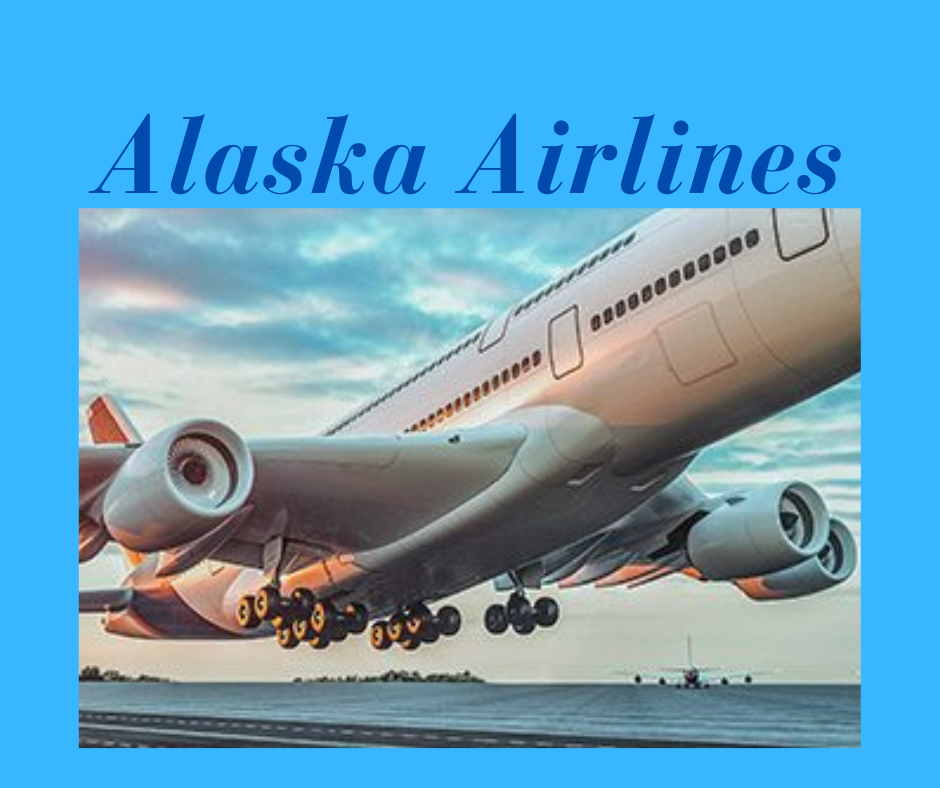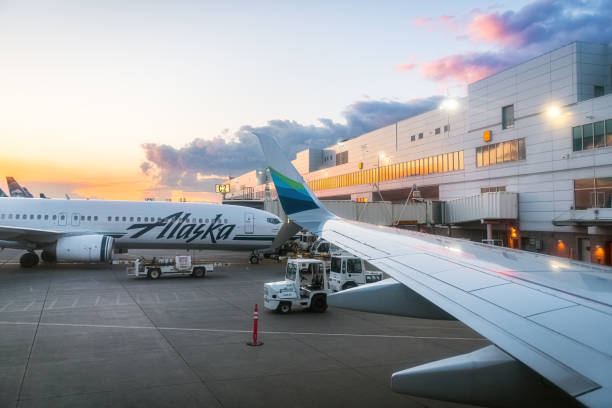
The Alaskan brown bears are classified as the same species, Ursus arctos. This includes the famous giant bruins of the Kodiak Islands. However, these brown bears are now classified as separate subspecies from mainland bears due to their genetic and bodily isolation and the fact that they have few different skull shapes. However, primarily refers to members of a species found in coastal regions, where salmon fish is the primary food source for brown bears.
Alaska coastal areas are excellent and eminent to hunt Alaska brown bears. It is hunted during the spring and fall season and is the best place for trophy-sized brown bears.
But no matter what you call them, Alaska is undoubtedly the most prominent home of brown bears, comprising more than 98 percent of the United States and more than 70 percent of the North American population. They are also widespread throughout the state, occurring almost everywhere except for the islands west of Unimak in the Aleutian Chain, islands of Frederick Sound in southeast Alaska, and the archipelago in the Bering Sea.
Because they are North America's prime carnivores, and because Alaska offers unmatched opportunities to hunt the species successfully, brown bear hunting is prevalent throughout the state. Seasons are held in both the spring and fall in some regions, but only in the fall in others, so go through the Alaska Department of Fish and game regulations carefully before scheduling a brown bear hunting trip. Also, note that any bear meat must be precisely cooked to prevent trichinosis, a parasitic infection that can be deadly.
Alaskan moose
The Alaska-Yukon moose (Alces alces gigas) is a gigantic member of the deer family, and as a result, one of the most sought-after large game species in Alaska State. Moose hunting symbolizes Alaska's Greatland; these animals are massive, splendid, and bigger than you think until you see them in front of you.
Moose hunting zone in Alaska lies in the southeast to the Colville River on the North Slope, along the western boundary of the state and down the Alaska Peninsula.
A large proportion of the population located along significant river corridors such as the Yukon, Kuskokwim, Nushagak, and Susitna have a limited number of populations in southeastern, western, interior Alaska, and southeast Alaska. Biologists guesstimate that between 175,000 and 200,000 moose live in Alaska.
The cost of guided moose hunting in Alaska varies depending on the campsites and hunting location, which is quite manageable on a hunting trip. Moose are hunted in Alaska mostly by gun, but they are also tracked by archery.
Moose hunting by boat is also very productive and admired, as moose spend several hours per day feeding, and aquatic vegetation is undoubtedly part of the diet. Also, rivers provide access to areas that are inaccessible by road. According to ADF&G, approximately 7,000 moose are harvested yearly.
























